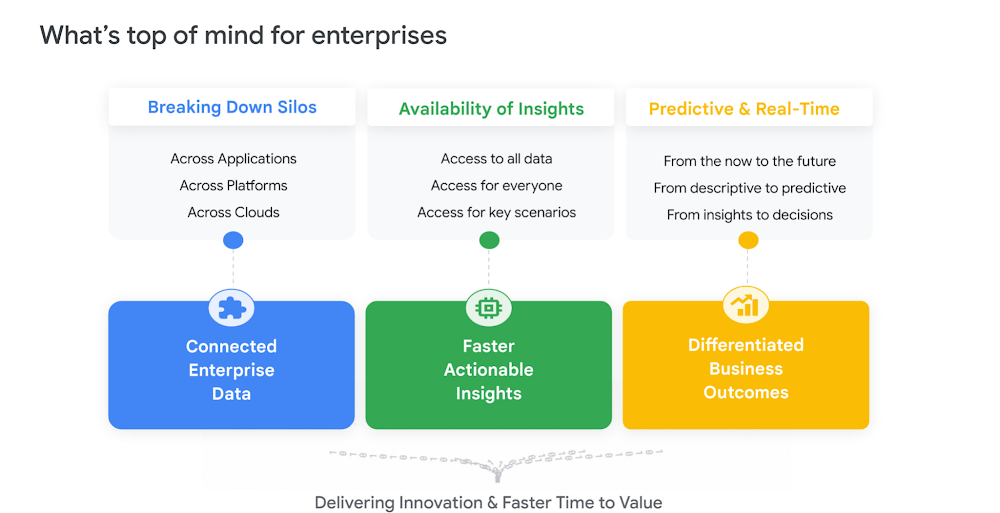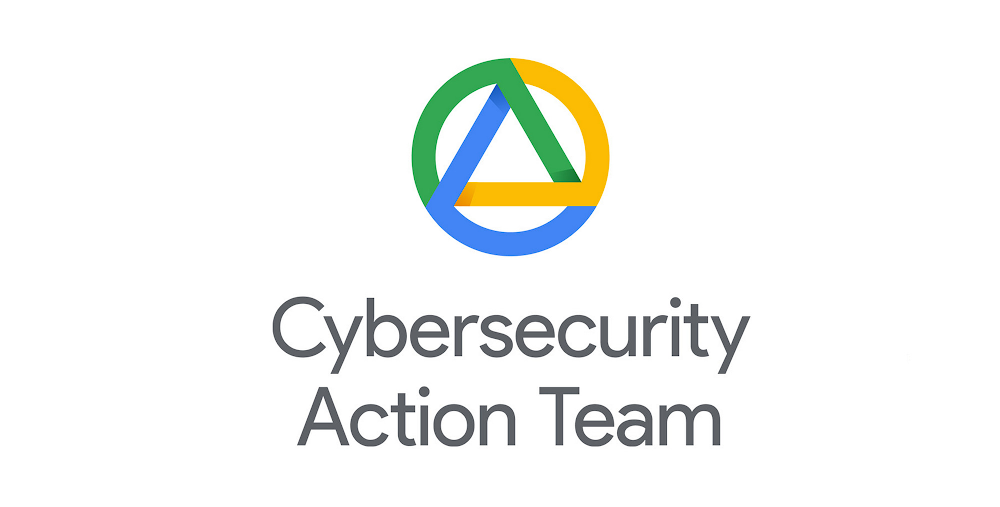Forrester recently published its report, The Forrester Wave™: Public Cloud Development and Infrastructure Platforms, Global, Q4 2022, placing Microsoft in the “Leaders” category. It’s an honor to be named as one of only two leaders in Forrester’s definitive report on the public cloud development and infrastructure platform market.
The Forrester report recognized Microsoft for its long-term focus on Kubernetes, hybrid, and multicloud capabilities and noted that it is seeking to lead in hybrid and multicloud environments with platform management tools and capabilities. Reference customers praised Microsoft’s service improvements and partnerships. With Microsoft Azure, customers have a trusted cloud partner and the most advanced, highly integrated enterprise IT infrastructure to help them navigate ever-changing environments and achieve business success today, while they build for the future.
Helping developers build any app for any platform
We recognize that developers are the driving engine of innovation. When they are empowered to set up a complete engineering system in seconds, contribute and collaborate with anyone on any device, use the right tool for the job, and integrate with the rest of the organization’s digital estate, organizations can bring innovation to market faster with greater confidence. Azure makes all that possible. For example, with Microsoft Visual Studio, developers can deploy iOS, Android, Windows, Web or embedded apps to wherever they’d like–Azure, hybrid, on-premises and multi-cloud environments. Further, Azure fully supports some of the most popular open source technologies from Linux, to open-sourced databases, to Grafana, allowing organizations to leverage existing investments when running on Azure.
In August, we introduced Microsoft Dev Box, a managed service for developers to create on-demand, high-performance, secure, ready-to-code, project-specific workstations in the cloud, so they can work and innovate anywhere. And we’ve continued to bring new Kubernetes capabilities across Azure, which I’ll cover a little later in this article.
As the range of application development tools continues to grow, we’re seeing a surge in low-code technologies to spur innovation and lower the barrier to entry. Microsoft makes it easy with PowerApps, which provides prebuilt templates, drag-and-drop simplicity, quick deployment and AI-powered assistance, helping anyone create apps using natural language, while enabling the same DevOps practices for low-code tools that customers expect when building trusted enterprise solutions.
In this new world, organizations are harnessing the cloud to create a culture where everyone feels empowered to innovate, while lowering the barrier to creating new types of apps that can take businesses to new heights.
The Microsoft Intelligent Data Platform
We’re entering the age of the “intelligent app,” where every app is AI-enabled and adapts to each organization’s modern data capabilities. However; fragmented digital estates make it difficult for organizations to harness their data to add layers of intelligence to their apps.
At our Build event in May, we announced the Microsoft Intelligent Data Platform that fully integrates databases, analytics, and governance for a unified data estate. With this integration, organizations can power applications at any scale, get actionable insights from all their data, and properly govern data where it resides. To accelerate time to value, customers can use pre-built, customizable, and production-ready AI models as the building blocks for intelligent solutions with Azure Cognitive Services and Azure Applied AI Services.
As AI becomes more mainstream across organizations, it’s essential that employees have the tools to leverage this technology responsibly. We apply Microsoft's Responsible AI Standards to our product development, and have made it a priority to help customers understand, protect, and control their AI solutions with tools and resources like the Responsible AI Dashboard, bot development guidelines, and built-in tools to help explain model behavior, test for fairness and more.
By unifying and integrating data to create more intelligent apps, customers are opening the door to new innovations never thought possible.
From cloud to edge: Innovate securely, anywhere
More and more organizations are embracing hybrid and multicloud as part of their migration and modernization journeys, and they want to continue this flexible approach in a secure, compliant, reliable, and integrated way. Forrester credits Microsoft with "seeking to lead in hybrid and multicloud environments with platform management tools and capabilities, including the Azure Arc management platform."
Azure Arc operates as a bridge extending across the Azure platform by allowing applications and services the flexibility to run across on-premises, edge, and multicloud environments. One of the key challenges organizations face is securing and managing their distributed environments consistently while building innovative applications using cloud-native technologies.
Recently, we announced new deployment options for Azure Kubernetes Services enabled by Azure Arc so customers can run containerized apps, in addition to many first-party Azure application, data, and machine learning services, anywhere regardless of their location.
They can also take advantage of Azure’s comprehensive security, governance, and management capabilities for their Windows, Linux, SQL Server, and Kubernetes deployments in their datacenters, at the edge, or multicloud.
Azure is the only cloud platform built by a security vendor and ensuring that our customers' data is safe and secure is at the forefront of everything we do. For example, our Defender for Cloud security service spans across all clouds—even AWS and Google Cloud for a seamless, consistent, and secure cloud journey where it leads.
Our deep commitment to our customers is baked into every aspect of our vision and roadmap—to be the trusted partner with the most advanced, yet flexible cloud technologies that enable anyone in any organization to innovate anywhere. It’s an honor to be recognized for that commitment and a great way to usher in the New Year.
Learn more
Read The Forrester Wave™: Public Cloud Development And Infrastructure Platforms, Global, Q4 2022.
Learn how Toyota employees used low-code to create more than 400 apps to meet business needs.
Learn how Sutherland, a professional services company, built a data-driven culture with Microsoft Azure.
Learn how the National Basketball Association delivers compelling experiences for its fans through intelligent applications.
Learn how Royal Bank of Canada, the largest bank in Canada, is using Azure Arc–enabled data services to take advantage of always up-to-date cloud-native data services to modernize its large data estate.
Read how a study found a 228 percent ROI when modernizing apps on Azure's platform as a service.
Quelle: Azure









